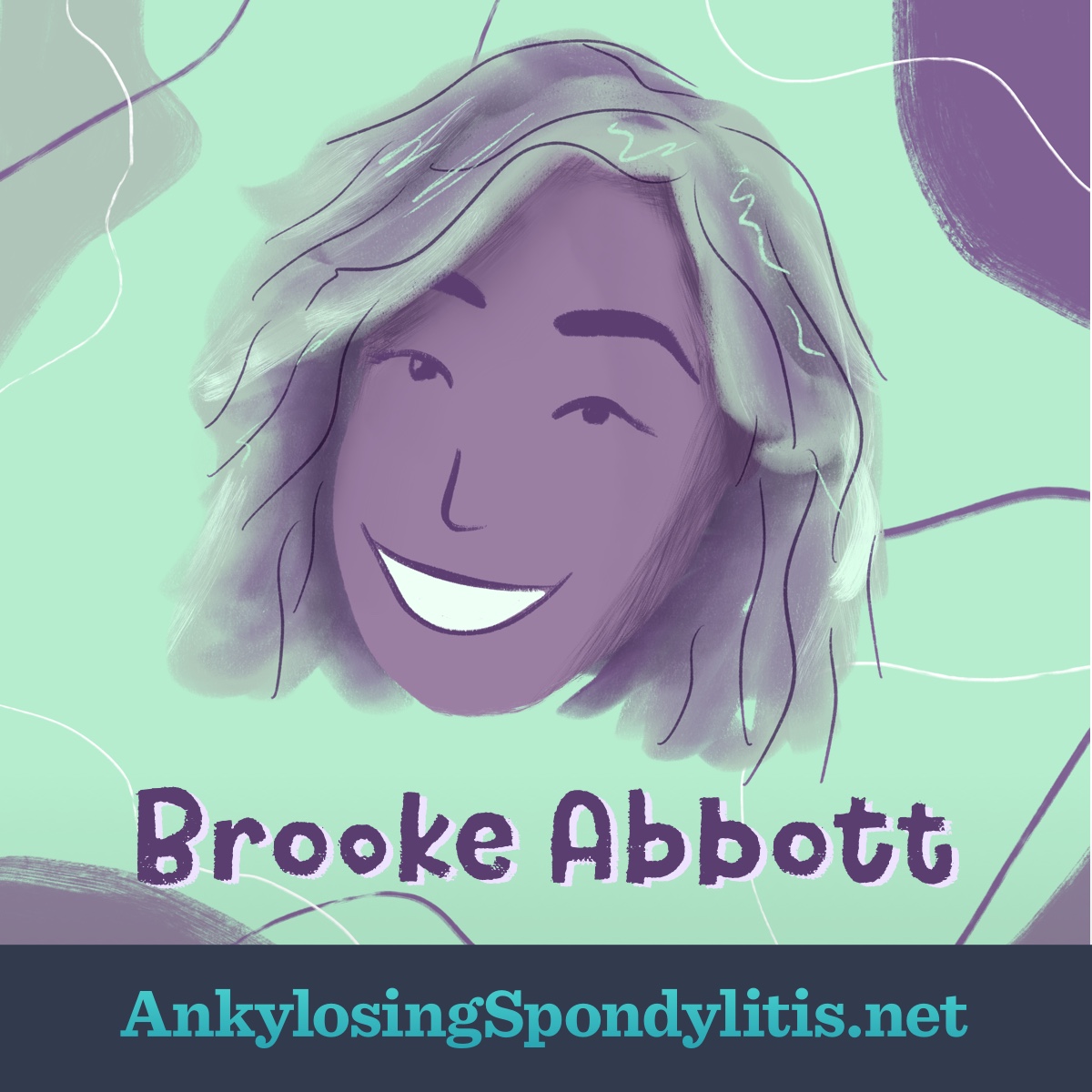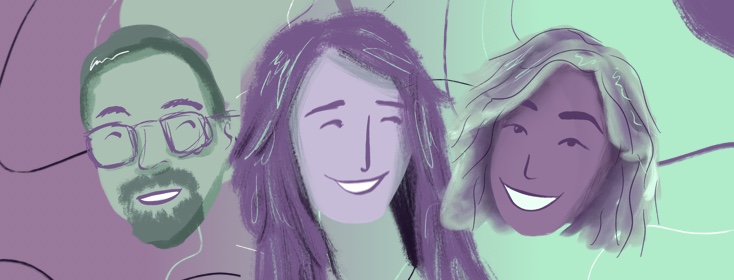Ask the Advocates: Receiving a Diagnosis
When were you diagnosed with AS and how did it initially present itself?
Steff

I was diagnosed with AS in February of 2018. I initially had symptoms in February of 2017 and took a year to get diagnosed. I know that I am lucky that it only took a year and I don’t take that for granted. It originally started with a sharp pain in my right hip. I would limp around work at Panera until I physically couldn’t walk anymore and my GM told me to go get checked out by a doctor. I did the next day, and she sent me for lots of tests and referred me to neurosurgeons, neurologists, and rheumatologists. I got X-rays, an MRI, and finally saw a Rheumatologist that October who got me on the path of diagnosis. He got me to do blood work that came back as HLAB27 positive and ordered me a special MRI to see the inflammation in my body. Then when I saw him in February, he diagnosed me, and my whole journey began.

Brooke
Before I was diagnosed with ulcerative colitis, I would experience excruciating pain in my buttocks, thighs and lower back. Often starting in the morning and the pain was hard to extinguish. The pain caused by my consistent ulcerative colitis flares masked the pain in my back, and I often forgot it was something separate from GI pain. Some days, it was all just one fog of pain and desperation.
In 2012, I had my colon removed. Although I wasn’t cured, I did find that most of my consistent, daily pain was gone. However, my back pain stayed with me. It progressively became worst. It began to impede on my parenting and the basic daily duties I needed to perform. Dressing, feeding and walking my little boy to school. There were days when it hurt so much just to put my feet to the floor and attempt to go to the restroom. I was in so much pain, I started to doubt the level of pain. I was sure that no human could ever or would ever feel as much pain as I was feeling.
It’s been a long and windy road with AS & IBD, but I am happy that science and research has evolved enough that therapy options are greater in number than ever before.
We want to hear from you, too! Share your responses in the comment section below!

Join the conversation